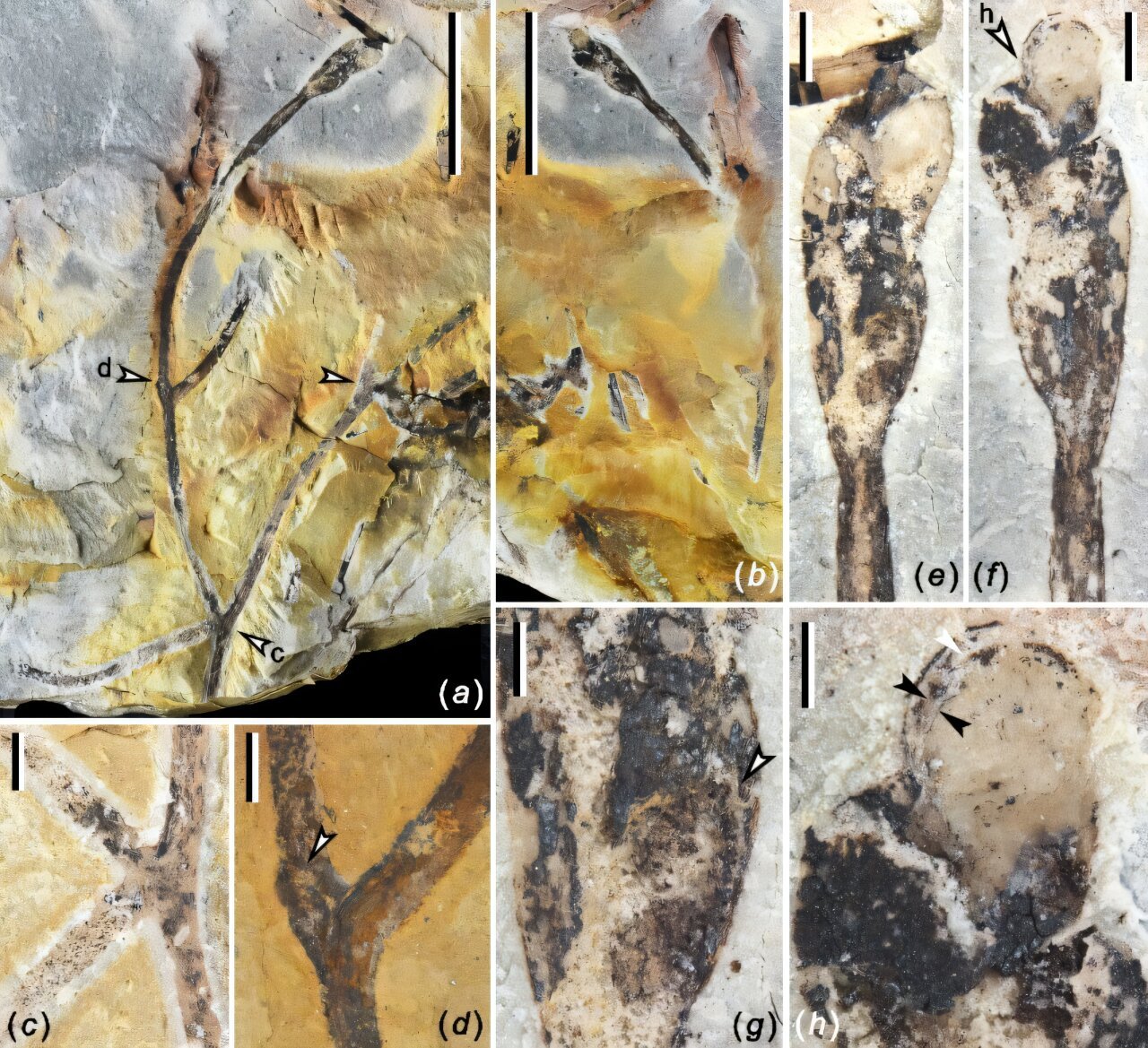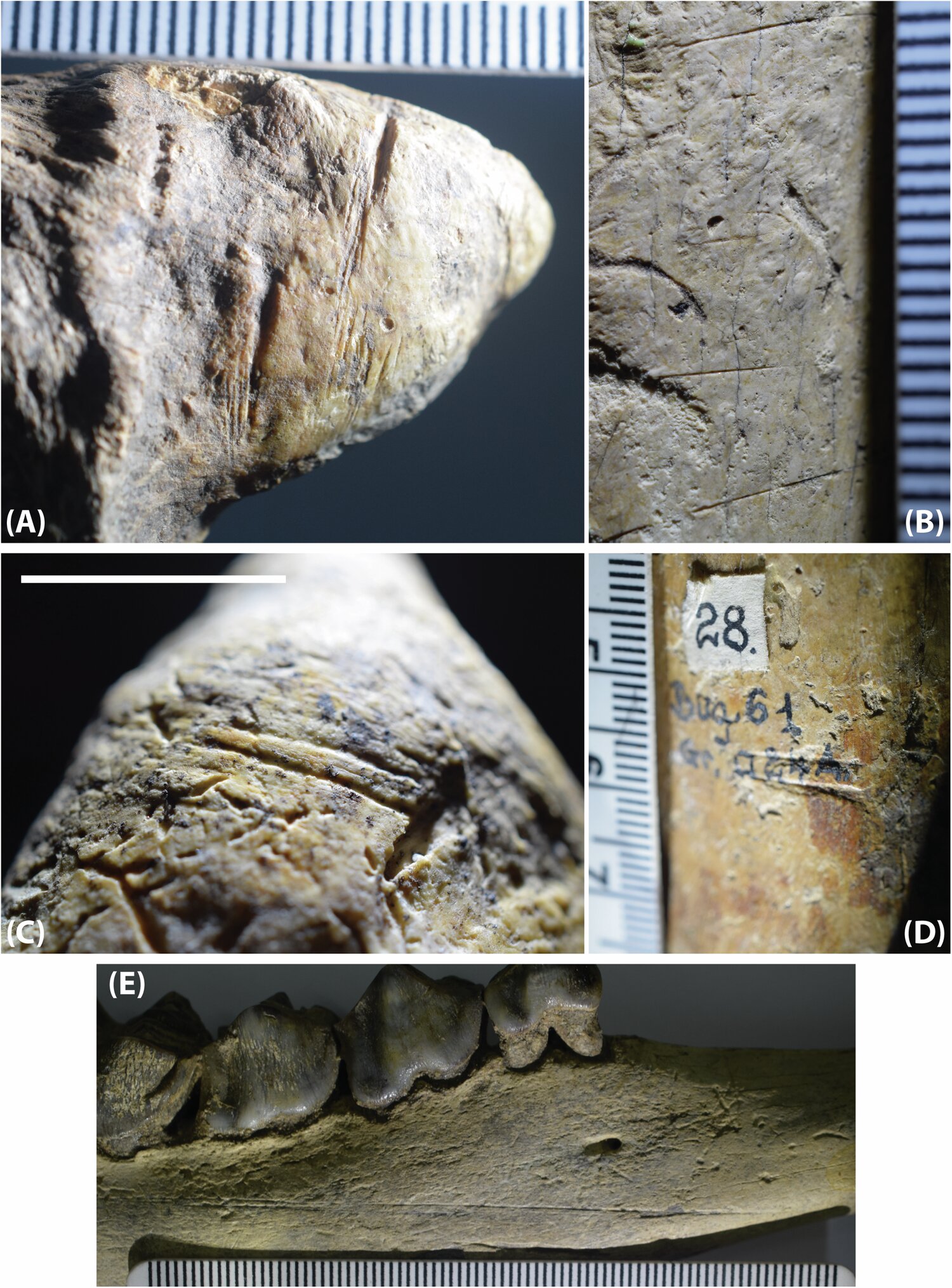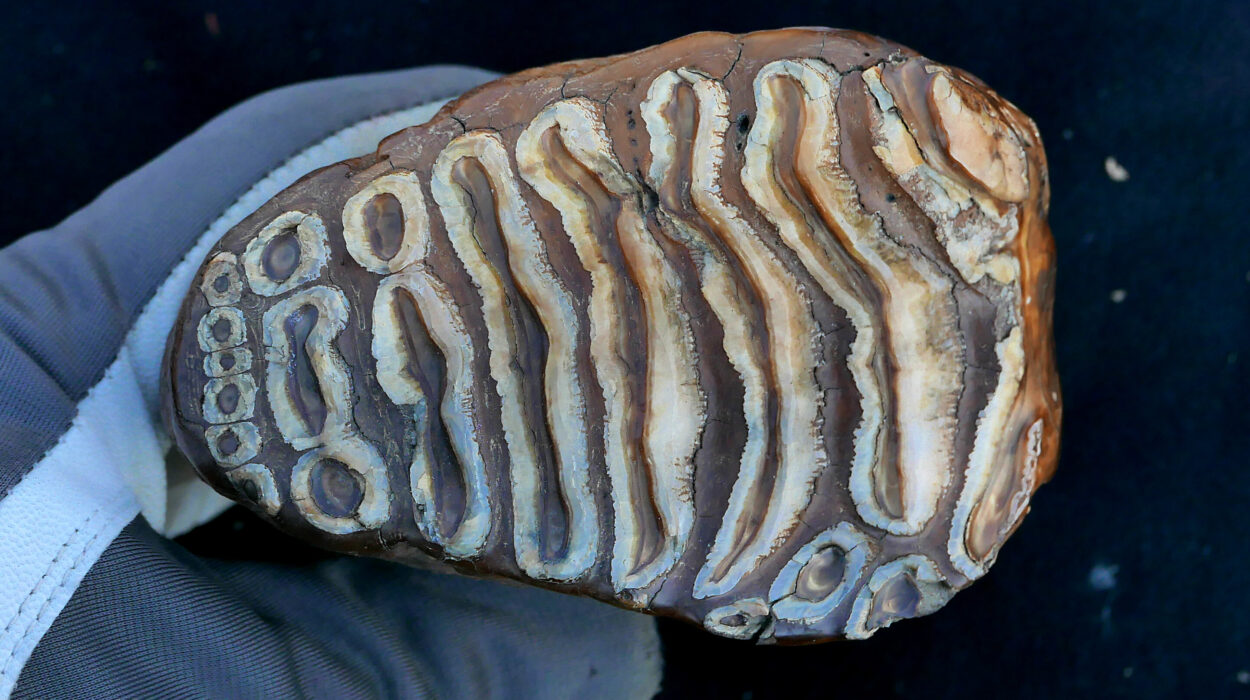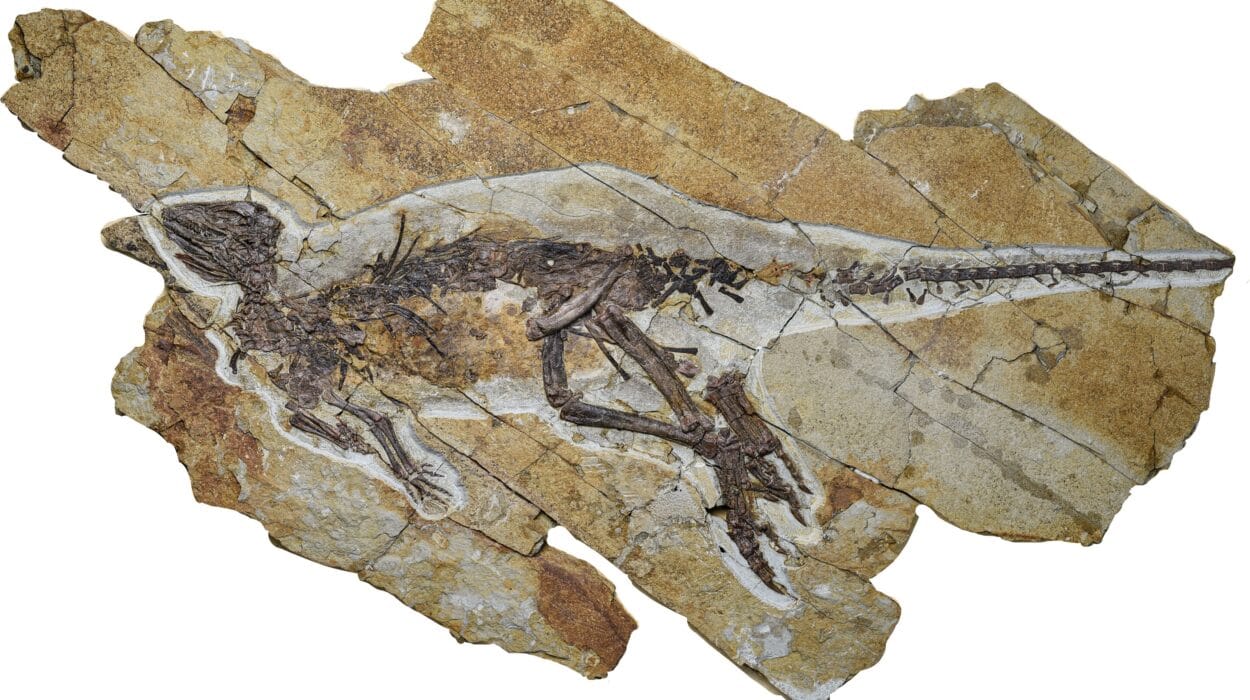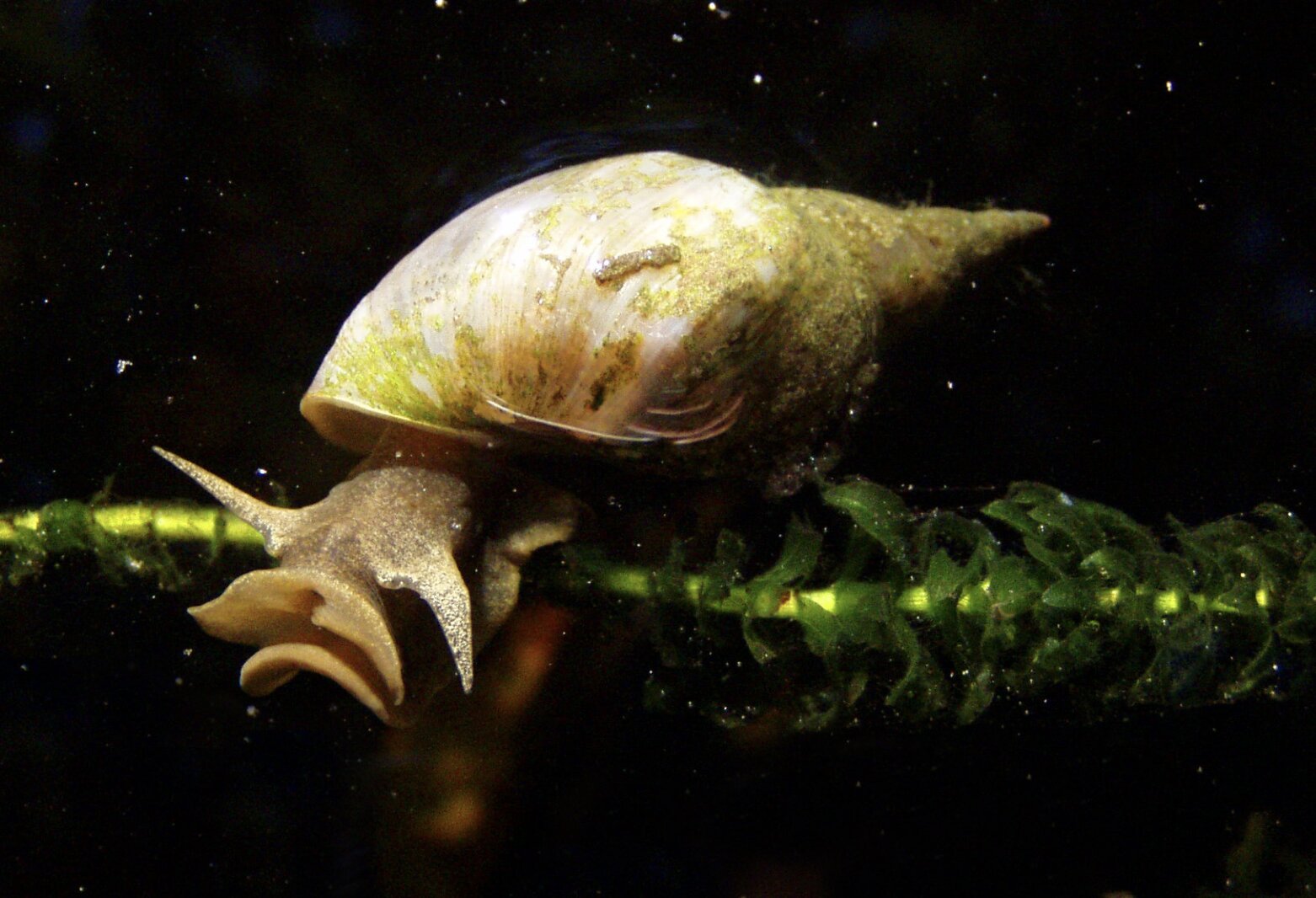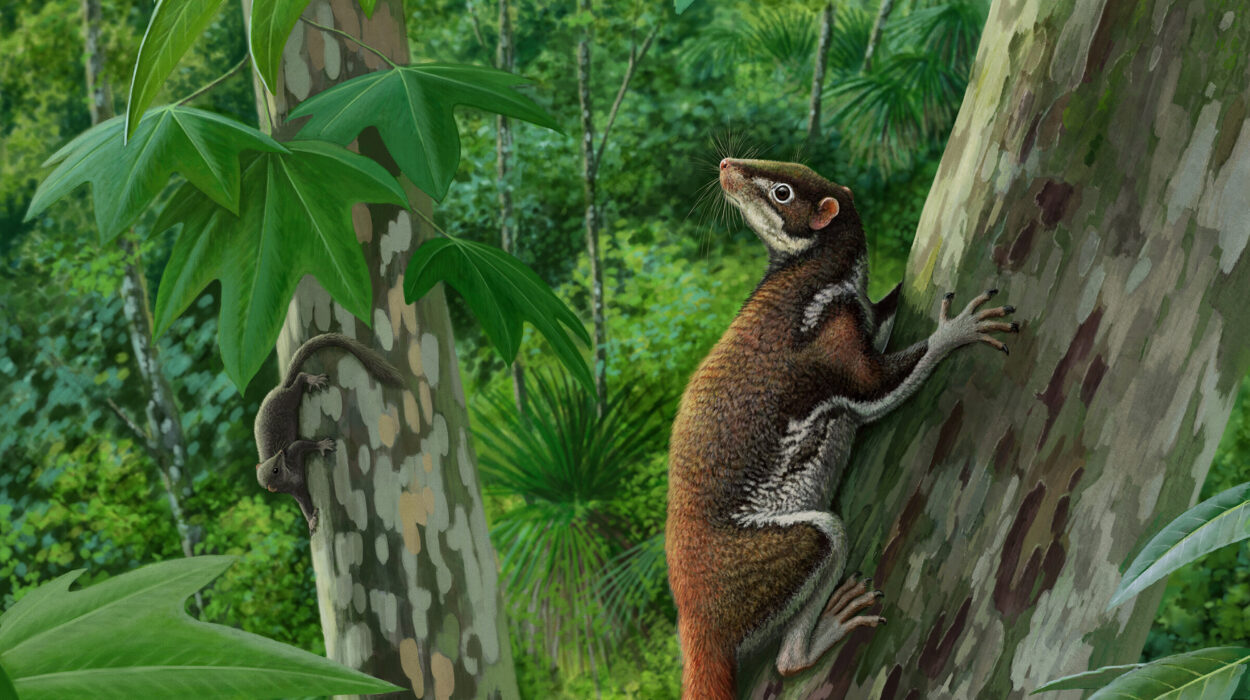The terrestrialization of land plants, which began during the Silurian and Devonian periods, marked a transformative moment in Earth’s history. The parallel to the Cambrian explosion of marine animals is often drawn to highlight the profound nature of this evolution. During this period, land plants began to diversify and exhibit novel anatomical and physiological traits that adapted them to life outside of water. Among these adaptations were tracheids, stomata, leaves, roots, and the development of secondary xylem, each of which contributed to the complex vascular systems and survival strategies of early plants.
Among the key groups that contributed to these early developments is the Zosterophyllopsida, which flourished in both the Silurian and Devonian periods. This group, despite being predominantly herbaceous and somewhat small in stature, played an important role in the evolutionary processes that saw the first land plants dominating terrestrial ecosystems. Notably, Zosterophyllopsids provide a significant window into the life-history strategies of early land plants, although this aspect remains an area where our understanding has historically been limited.
The Zosterophyllopsida were an essential part of Early Devonian floras, forming a foundational group of plants as they adapted to terrestrial environments. Fossils of Zosterophyllum and other members of this clade have long been a significant feature of paleontological research and are consistently referenced in paleontology textbooks. The first occurrences of this group trace back to the late Silurian with evidence showing their continued existence well into the Late Devonian, lasting over a significant geological time period.
Among the many species of Zosterophyllopsida, some, such as Zosterophyllum shengfengense, have been preserved as complete or nearly complete plants, offering researchers an invaluable resource for examining early plant morphology and understanding how these plants might have interacted with their environment, reproduced, and evolved life-history strategies.
The Discovery of Zosterophyllum baoyangense
A recent and exciting contribution to our understanding of Zosterophyllum came with the discovery of a new species, Z. baoyangense, reported in 2024 by a team led by Dr. Huang Pu from the Nanjing Institute of Geology and Paleontology of the Chinese Academy of Sciences. Their collaborative effort with other researchers shed new light on life-history strategies of early land plants and was published in Proceedings of the Royal Society B.
Z. baoyangense was found in the Lower Devonian deposits of Guizhou Province in China and offers an intriguing window into the smaller extremes of early land plant morphology. Unlike many of the earlier species of Zosterophyllum, which were considerably larger in size, Z. baoyangense boasts a total plant body length of just 45.4 millimeters, with spike heights ranging from 5.8 to 10.8 millimeters. This smaller size marks one of the smallest extremes seen within early land plants. Such a size represents an adaptation to very specific ecological conditions and provides further understanding of how morphological diversity evolved over time.

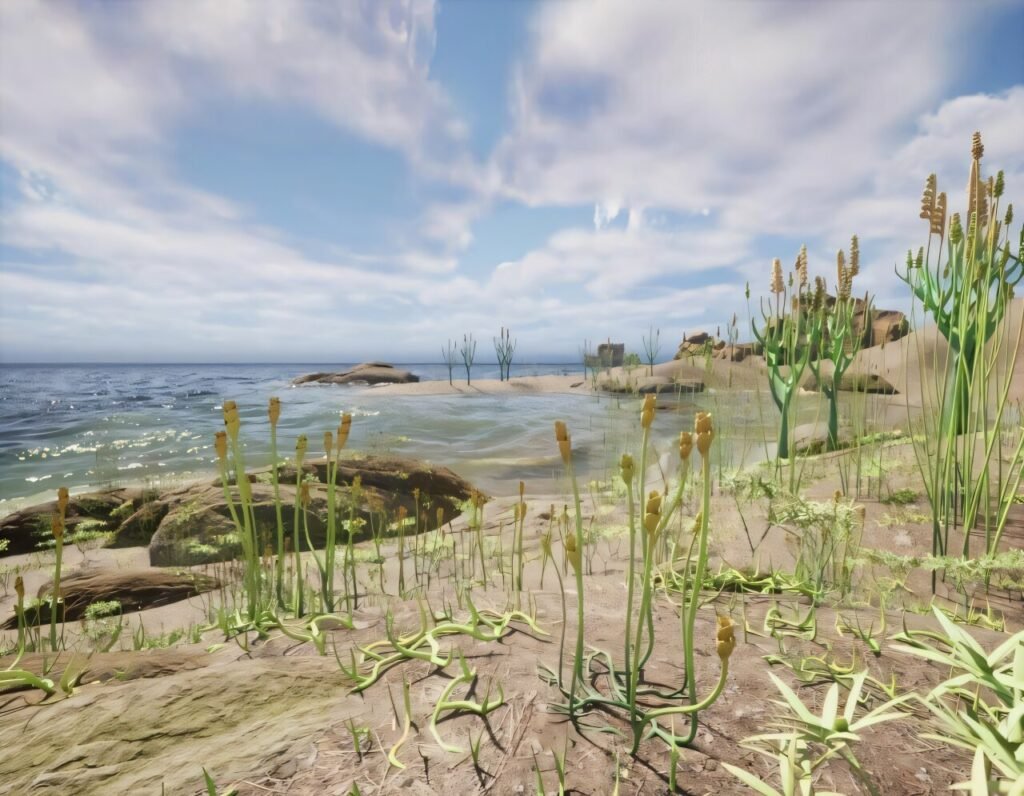
Methodology of the Study
In their study, the researchers collected a comprehensive range of morphological traits of different Zosterophyllum species and other zosterophyllopsids, considering various elements including:
- The length and width of plant axes
- The length and width of spikes
- The height and width of sporangia (spore-producing organs)
For a more detailed and quantitative analysis, the researchers introduced a novel concept for evaluating reproductive energy investment: the term total sporangial accommodation (TSA). TSA provides insight into the mass or energy required by a plant to produce spores and is an important consideration when comparing life-history strategies in plants. This metric effectively quantifies the investment each plant species makes into reproduction relative to its overall size and growth strategies.
Findings and Results: Divergence of Life-History Strategies
The dataset compiled from the various Zosterophyllum species revealed several key trends. The length and width of axes, which make up the main stem of the plant, exhibited a consistent evolutionary trend that correlated with a rise in Zosterophyllum species diversity over time. This diversity increased significantly between the Ludlow (Late Silurian) and the Early Devonian, with the greatest diversity recorded in the Early Devonian. Similarly, the TSA and sporangial size of these plants exhibited an evolutionary pattern. Particularly striking were the differences seen between vegetative (non-reproductive) and reproductive organs in the Early Devonian period, where plants invested varying degrees of energy into reproduction depending on the environmental conditions they faced.
The analysis identified a key point of interest: the significant contrast in TSA values between various species within the Zosterophyllum genus. For example, Z. baoyangense showed a minimal TSA range of just 4.3 to 16.8 mm³, while a contemporaneous species, Z. australianum, exhibited TSA values as high as 29.6 to 499.0 mm³ within the same Baoyang section. This marked discrepancy offers evidence that species of Zosterophyllum varied significantly in terms of spore investment, a reflection of different life-history strategies.
Evolutionary Trends and Life-History Strategies
Through the examination of these plants and their morphological traits, the researchers proposed that within the Zosterophyllopsida, there existed two distinct groups with markedly different life-history strategies. One group displayed traits typical of r-selected species, while the other mirrored the characteristics of K-selected species. This duality within a single plant group provides significant insight into the early evolutionary diversification of plants, showcasing that early plants were adopting a variety of strategies for dealing with their environments.
- r-selected species are generally adapted to unstable environments, characterized by smaller sizes, quicker reproductive cycles, and a higher reproductive output but lower energy invested per reproductive unit. These species, such as Z. baoyangense, likely benefited from the ability to rapidly reproduce in turbulent and unpredictable environments, which would have been typical in the early Devonian.
- In contrast, K-selected species, represented by plants such as Z. australianum, exhibit characteristics suited to more stable environments. These plants are generally larger, with greater energy investment in each individual spore, longer lifespans, and lower reproductive outputs but higher overall fitness in stable habitats where competition for resources may have been more intense.
The concept of divergent life-history strategies within Zosterophyllum has broader implications for understanding early plant evolution. It provides evidence for the complex ecological interactions and adaptations that took place as plants adapted to life on land, dealing with factors such as competition for light, water availability, and soil nutrients. This divergence also corresponds to the broader pattern of plant evolution, in which differing strategies were selected for based on habitat conditions and ecological pressures.
Implications for Plant Evolution and Ecological Transitions
The study of early Zosterophyllum species, and the evolutionary patterns observed within the broader Zosterophyllopsida, offers important insights into the transition from the Rhyniophytic Flora of the Silurian to the Eophytic Flora of the Early Devonian. This evolutionary step represents a major ecological shift where land plants became more diverse and adapted to a wider range of environmental conditions. Researchers believe that the introduction of different life-history strategies within these early plants was likely a significant driver in this transition, as plants responded to selective pressures in novel and varied ways.
This research deepens our understanding of plant terrestrialization by examining the evolutionary processes that underpinned the earliest adaptations to life on land. By revealing divergent strategies for survival and reproduction, this study adds nuance to our appreciation of how life on Earth was reconfigured during the Silurian and Devonian periods, laying the groundwork for future plant communities.
Conclusion
The study of Zosterophyllum baoyangense and other Zosterophyllopsida species provides crucial insights into the early life-history strategies of terrestrial plants. By examining the morphological traits and spore investment patterns, the researchers identified two distinct evolutionary strategies: one resembling r-selection with smaller plants adapted to unstable environments, and the other similar to K-selection, where larger plants adapted to stable conditions. These divergent strategies illustrate how early land plants diversified and adapted to varying ecological pressures during the Silurian and Devonian periods, marking the complex evolution of terrestrial life. The findings highlight the pivotal role of these plants in the transition from Rhyniophytic Flora to the more advanced Eophytic Flora, deepening our understanding of plant terrestrialization. Overall, this study provides valuable insights into the adaptive strategies that shaped early plant evolution, paving the way for the subsequent dominance of vascular plants on land.
Reference: Pu Huang et al, The smallest Zosterophyllum plant from the Lower Devonian of South China and the divergent life-history strategies in zosterophyllopsids, Proceedings of the Royal Society B: Biological Sciences (2025). DOI: 10.1098/rspb.2024.2337
